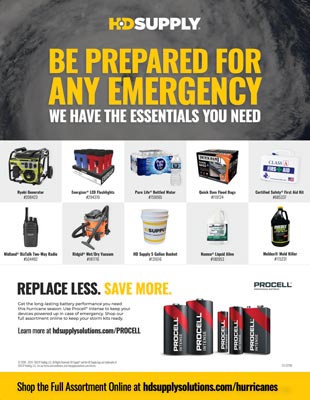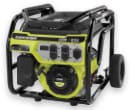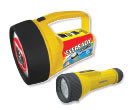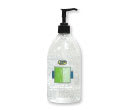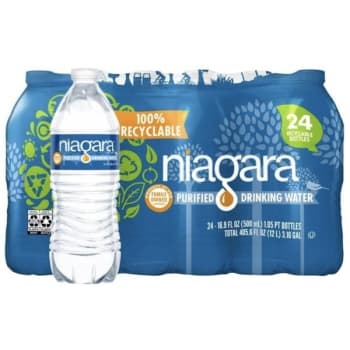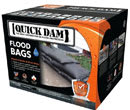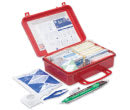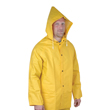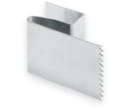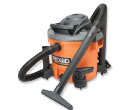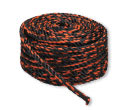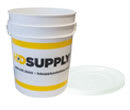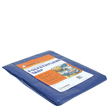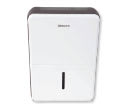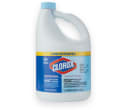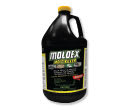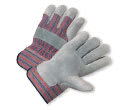Hurricanes
Hurricanes and tropical storms occur most often from June to November. The intensity of a hurricane is ranked between 1 and 5, based on wind speed. Category 3, 4, and 5 hurricanes are considered extremely dangerous, with wind speeds of 111 mph or more.
Prepare
Prepare for a hurricane by having emergency supplies on hand, including sandbags, rain suits and ponchos, chargers and generators, and first aid kits. Establish an emergency plan, including a plan for evacuation, before a hurricane strikes. Learn about your area's hurricane response plans, and identify evacuation routes and local shelters.
Respond
If you are on "hurricane watch," a hurricane is possible within the next 48 hours. It's important to stay informed. Use portable radios to get news and weather reports. Cover windows with acrylic sheets and secure outdoor furniture and objects with bungees, tie-downs, and straps. Obey any evacuation orders and avoid flooded roads. If you cannot evacuate, take shelter on the lowest level in a small interior room, like a closet or hallway.
Recover
Once it's safe to return, start storm cleanup and repair work as soon as possible. You'll get your property back up and running sooner and send the message that you're helping residents get back into their homes faster. Wear protective clothing when working in damaged units or areas, and use customized progress signs to keep everyone informed about repairs. As a goodwill gesture, offer gifts to thank residents for their patience during the cleanup process.

